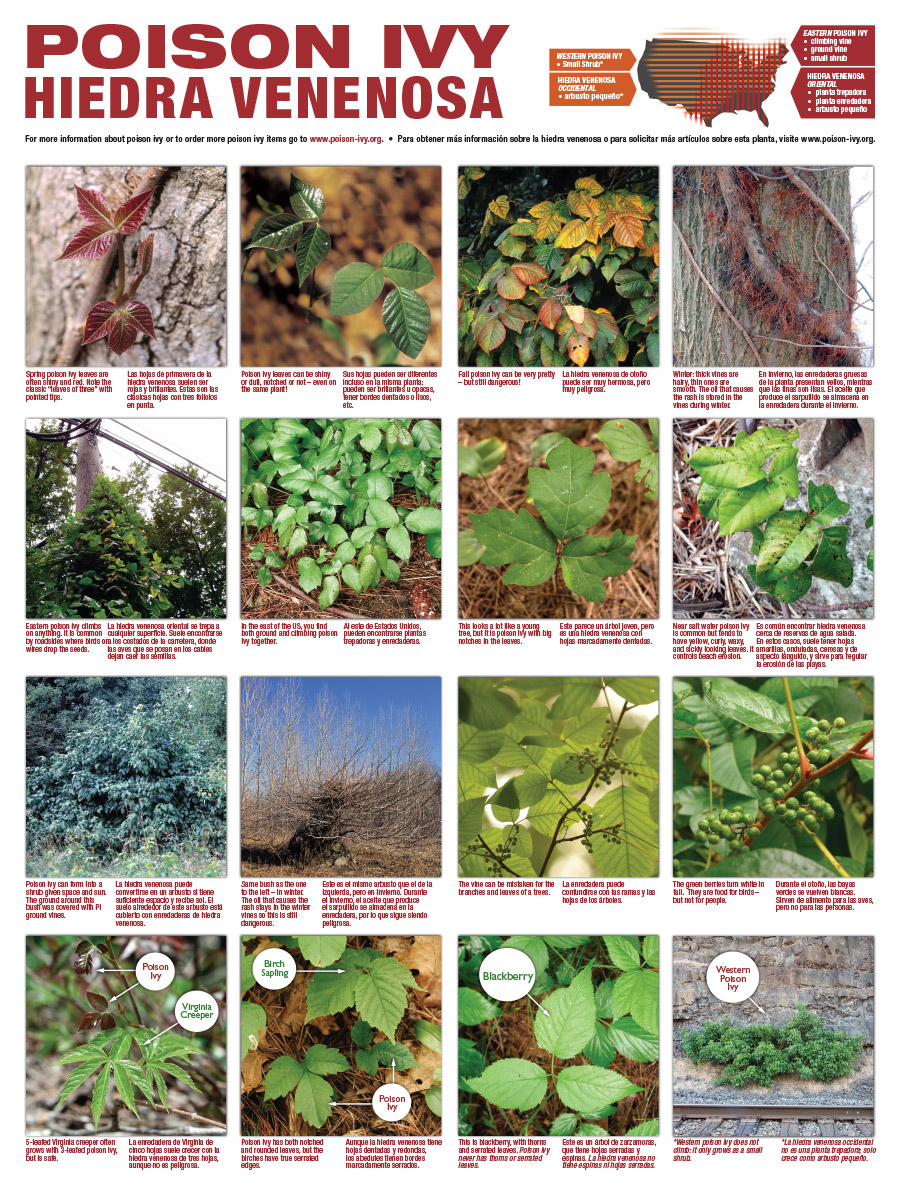Leaves of three, let it be, berries of white, run in fright, vines that are hairy, be very wary!

Of all the plants people ask me to identify in a hushed voice, trying not to let others hear, it is poison ivy. It usually starts like this, “I am kind of embarrassed to ask you this, but I don’t think I really know what poison ivy looks like.”
Then there is the opposite, the so-called poison ivy “expert” who proclaims many, many plants are poison ivy, poison oak and poison sumac right here in Will County. And for the most part, they aren’t correct.
So why would I want to dedicate a mid-fall column to poison ivy? Because now is the time when doing fall clean up, that you are likely to encounter it at its fullest. And, even worse, for those who burn yard refuse, burning poison ivy can cause an extremely severe health emergency as the volatile oils in the poison ivy go into the smoke the unsuspecting gardener is likely to encounter.
And if you think getting the annoying, yet usually non-dangerous, rash on your skin, imagine it in your eyes or lungs.
I always tell people poison ivy is trickier than you imagine. Yes, the old camp sing-along “leaves of three, let it be” is true, well sort of. There are a couple other stanzas I have added:
“Leaves of three, let it be. Berries of white, run in fright. Vines that are hairy, time to be wary.” OK so I am no Rogers and Hammerstein with the lyrics, but all three of these can help you identify poison ivy.
There is the most fantastic website totally dedicated to poison ivy: https://www.poison-ivy.org/. Its creator, Jonathon Saks, has devised the most amazing compendium of this itchy weed. His poster is a must have for those who are particularly allergic, or spend lots of time in nature. There is a great self-test quiz about identifying poison ivy.
Don’t get me wrong, the “leaves of three,” is a good start. But there are other very close look-alikes that might have you avoiding more plants than you need to. Blackberry leaves are a particularly easy one to confuse.
But the leaves aren’t the only marker. I have actually seen more than a dozen “trees” that homeowners profess that they have become allergic to over time. The reality is that whatever tree they once had, has died and mature poison ivy, with its scraggly beard hairy roots, have overtaken the dead woody structure of the tree. And now all of the foliage IS poison ivy.
As far as eradication, hand pulling is good for small plants, where you get the root and all. Remember, poison ivy is a woody perennial. If that small plant snaps off, the root will rise again next year. Stronger and bigger. For poison ivy that is small, I use the inverted bag collection method. (A good upcycle for those plastic store bags).
Still with a gloved hand, I invert a plastic bag over my hand and then grab the poison ivy, pulling the bag over it; then tying it up and disposing of in the trash. Never landscape recycle.
The material that gives poison ivy its punch is urushiol, an oily mix of organic compounds that produce the allergic rash. According to the National Institute of Health (NIH) 50%-75% of people are allergic to poison ivy. Some other health sites suggest up to 85%. I am one of the fortunate few who is not reactive to poison ivy — yet.
Remember, anyone can become allergic to anything at any time. And those of us not allergic shouldn’t boast too soon, as we could develop a hyper reaction someday. That is why I still take the gloved, long sleeves, long pants protection option even with the small, new plants.
Another control option for these small plants is using a total herbicide, such as products that contain the active ingredient glyphosate (RoundUp, KleenUp, etc.) With these products, it is important to have the plant growing, don’t pull it and squirt the hole. It works through the leaves of the plant, the more leaves, the better the kill. And it kills down to the root.
But when poison ivy grows on undetected, it eventually develops into a woody vine. An important identification to note is that the beautiful, native vine, Virginia creeper, often grows akimbo to poison ivy. The difference for ID is twofold. Virginia creeper has five leaves, and the vine is not hairy.
If you try to use glyphosate on a poison ivy woody vine, you might even hear the poison ivy laughing. It is now too big with too much stored energy for it to be killed by these products.
It is stronger, so you have to respond in kind. Now we are at the cut stem direct application of triclopyr containing products. This is often sold as brush killer, or fence cleaner. Read and follow all labelled instructions.
And let’s not forget how you got that poison ivy in the first place. We may be allergic to it, but it is a favorite food of some of our wildlife, particularly those off-white small berries. Birds, chipmunks and many of our forest friends enjoy a good poison ivy berry snack. And they spread the berries (with a little added fertilizer of their own) pooping them out all over.
As you know I am a pro-wildlifer, but the berry stops there. I once found a robust vine of quite mature poison ivy hiding out in my roses. Who knows how long it was there, but now it had berries, so I must have missed it for several years.
Time to go.

Leaves of three, let it be, berries of white, run in fright, vines that are hairy, be very wary!